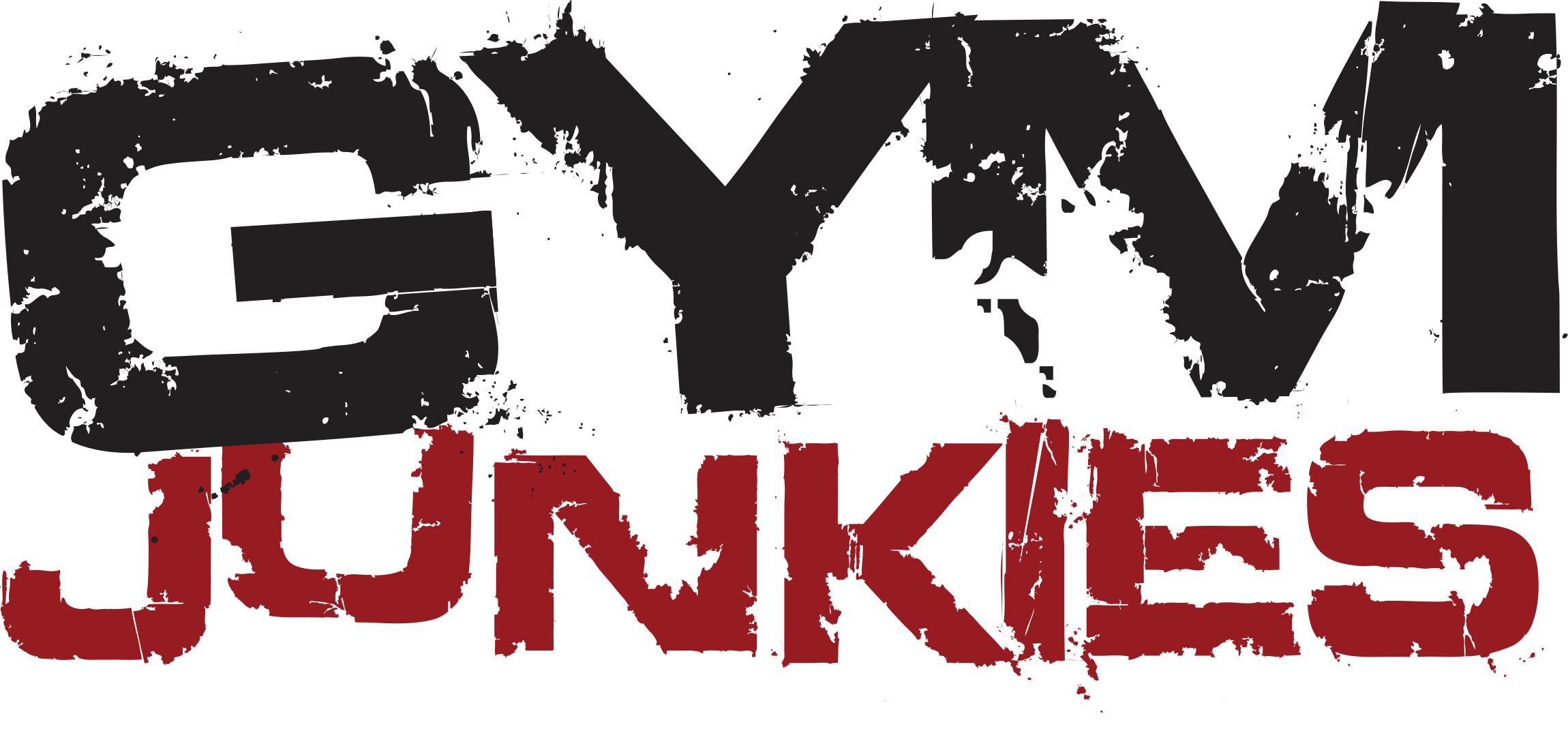
When we have a weak body part, most people simply increase the workload for those muscles. Add more reps and sets, dropsets, supersets, and training frequency. In other words, attempting to make it harder for the weak muscles. But the truth is, we usually want to take a couple steps back and do the complete opposite.
Chest Growth Workout

Having a weak body part, such as your chest, does not mean it is “worse” than your other muscles, and it necessarily needs more volume. Let us say you have had a pretty overall balanced training program, where you are hitting your muscles with about the same amount of volume and training. Of course, with more focus on the larger one than the smaller ones.
And suddenly you realize, your overall body is growing, but the results are lacking in the chest. You are using the same protocol, but the chest simply is not getting nearly the same results. In that case, it’s obviously not getting the same stimulus as your other muscles.
There is something that is off, and preventing your chest from achieving the same results as the rest of your body.
In very few cases it could be an issue in your exercise selection, and your programming overall. But in most cases, the muscle is not getting the same amount of stimulus your other muscles are getting.
So, the main challenge is your execution.
In other words, you are not able to isolate this weak muscle as well as your other muscles. Instead of adding more volume, you actually need to take a few steps back and lower the volume. Maybe even change up some exercises, but especially focus on your execution.
As your execution improves, you can focus on increasing the frequency of that muscle to improve even faster.
A Weak Body Part Is Like a Beginner in the Gym
If we have a weak muscle that we are simply not as good at working, it is very similar to a person who is new to the gym. With this in mind, we know that this muscle actually does not need as much volume as your other muscles.
Even though you might have been doing a lot of repetitions and sets for this muscle, the muscle itself has not performed a lot of work. The supporting and adjacent muscles of that weak muscle have been doing most of the work.
But the weak muscle itself, has not been getting the same stimulus as the rest.
Therefore, more training and more volume is not what we need to focus on here. Rather, improve execution and learn to actually target and contract this muscle properly.
As you improve, eventually you and add in more volume, heavier weights and more intensity. Just like you would do with the rest of the muscles that are actually responding well to your training.
More Volume Can be Contradictory

A lot of trainers will tell you to add more volume and exercise intensifiers to your weak muscle groups. What that does, is actually just making it worse for you. Think about it like this, if you already perform a movement badly, you are simply just going to do more of that.
Much more more bad movement.
Performing more repetitions and more volume leads to fatigue, and then we are doing the movement even worse. Because as we get more exhausted, our execution is obviously affected.
In a state of fatigue, the same movement can become a different motor pattern.
As exhaustion increases, we rely more on adjacent muscles and stability becomes a challenge. Thus, this is a very bad place to improve our execution. Increasing volume is therefore a bad idea in this case.
Decrease Volume
So what we actually need to do is to decrease volume. This does not mean we are going to train with light weights and not challenge ourselves. Rather, train with volumes and loads that are not so heavy that they are going to affect execution and stability.
It is important that you find a rep range and the right amount of weight where you can work hard, and your execution is great for most of these repetitions.
Moreover, as execution is our main goal, we do not want to train too many sets to failure. Because the more we go to failure, the more fatigued we become, and our execution is increasingly challenged.
Most of these sets to improve our weak body part will be like practice sets. You can go to failure at the last 1-2 sets. So, if you are doing 5 sets, you can fail on the 5th set.
Frequency As a Tool
We can use frequency as a tool to increase the amount of sets to failure. After a week or two of doing one set to failure, you can increase this to 2-3 sets to failure. This is a much better approach than doing one day with a lot of volume, and a lot of sets to failure in one session.
Yes, you might be doing a lot of sets to failure within that workout, but again, execution will be your limiting factor. And you are already not good at executing with that muscle, so this is not a great idea.
Thus, the quality of your sets to failure will be much better if we spread them out throughout the week. In fact, the quality of all your sets will be better when we have execution in mind.
Think of Weak Muscles As Beginner Muscles

The way you want to train your weak body part is the same way you would train a person new to the gym. Thinking of it like this makes it easier to understand. Someone who has just started working out, wants to focus on execution and frequency.
Frequency makes it easier for us to improve execution. And improved execution will benefit us whenever we are training, whether it is high volume, heavy loads, supersets, longer sets, exercise intensifiers, and so on.
Focus on Contraction Instead of the Movement
When we want to actually grow and strengthen a specific muscle, we want to focus on the contraction of this muscle. Not the actual movement you are performing. This is different if you are a powerlifter or something of that nature, where your goal is to perform a certain movement as well as you can.
On the contrary, if we want to improve a weak body part, or any body part, it is necessary to focus on the contraction. If our contraction of this muscle is great, we will always improve it to some degree, regardless of the movement we are doing.
Meaning, this muscle will be better off no matter what exercise we are performing, as long as it is involved in the movement of the exercise. Because it will no longer be a weak link in the chain, whether it is a synergist or antagonist in that specific movement.
Therefore, focusing on contraction will help us in many ways. But, if we are focusing on the technique or movement of the lift, rather than execution and contraction, we might not see an improvement in the weak body part.
So, if you have a physique based goal, and want to improve your whole body, you need to focus on various areas and various exercises. Because we do not want a weak body part to be a limiting factor in our physique goals. Which obviously is different if your goal is to only improve a single movement.
For instance, if you are doing a specific exercise, and one body part is a weak link in the chain, focusing on that muscle will improve your overall performance. By isolating the muscle and improving it, that specific exercise will be improved.
Example: Improving Your Squat

We can take the squat movement as an example. Let us assume you want to improve this exercise, but have stagnated for a while. Maybe your quads are really weak in the lengthened position, and your squat has been more hip-dominant.
So there comes a point where it is actually beneficial to stop squatting, and improve the weak link in the chain. Again, we need to improve our execution and contraction in the quads, if that has been the weak link.
The only way to do that, is to take a few steps back and improve execution and contraction in the quads. After doing this for a while, you can go back to squatting, and improve the whole overall movement by fixing that weak link.
Because if you increase the strength in your quads, the whole mechanics of the squat movement will change. Due to the fact that how strong your quads versus your glutes are, will change the technique of the squat.
As the body is always going to use its strongest points to perform any movement, in whichever way is easier for the body.
Faster Results by Directly Targeting the Weak Link
Thus, it is much easier to improve your squat by directly going after your weak link, instead of lowering the weight on your squat and doing it that way. And by lowering the weight and volume, your squat might not even improve as much as it could, unless you actually directly target your weak link.
Now, when we go back to the squat after having improved the weak quads, we are squatting with a much stronger body overall. And then we can just keep squatting, with a more balanced body and strength profile, or strength ratio between your hips and knees.
Conclusion
When we want to improve a weak body part, it is rarely a good idea to increase volume. Because you are already contracting and executing that movement poorly, and doing that more just makes everything worse. Rather, it is better to take a few steps back, lower volume, and improve execution and contraction. Basically, training a weak body part the same way you would train a person who is new to the gym.
Thank you for reading our article!
– Terry Asher
Terry Asher
Latest posts by Terry Asher (see all)
- Better Family – Product Review Liquid Daily 2 oz - Dec 16, 2024
- Post-Workout Recovery: The Key to Optimal Performance - Nov 25, 2024
- Pre-Workout Supplements – Everything You Need To Know - Nov 18, 2024











[…] your macronutrient rates as your training and lifestyle changes. Moreover, do not forget that our body, the whole machinery, needs to work in harmony. And one of the most important things you can do in […]
[…] body is unique and different from all the billions of people in the world. That is why your training and diet has to be individualized to […]
[…] Source link […]
[…] vary your macronutrient rates as a workout and lifestyle the changes Also, don’t forget our body, the entire machinery, must work in harmony. And one of the most important things you can do in […]
[…] body is unique and different from all the billions of people in the world. That’s why your training and you have to customize your […]
[…] Source link […]
[…] Source link […]
[…] Source link […]
I appreciate you sharing this lovely idea. The post is well-written, so I read it through to the end.
[…] your macronutrient rates as your training and lifestyle changes. Moreover, do not forget that our body, the whole machinery, needs to work in harmony. And one of the most important things you can do in […]